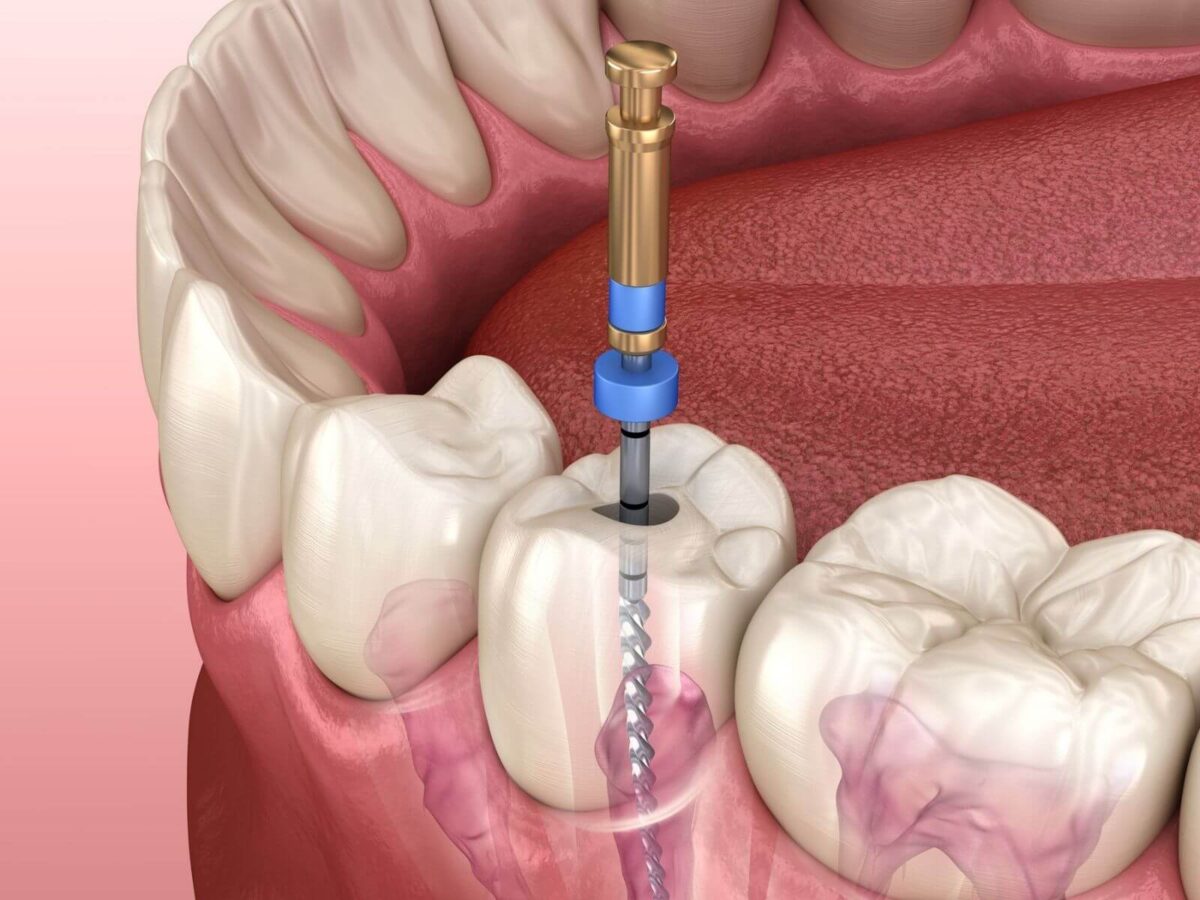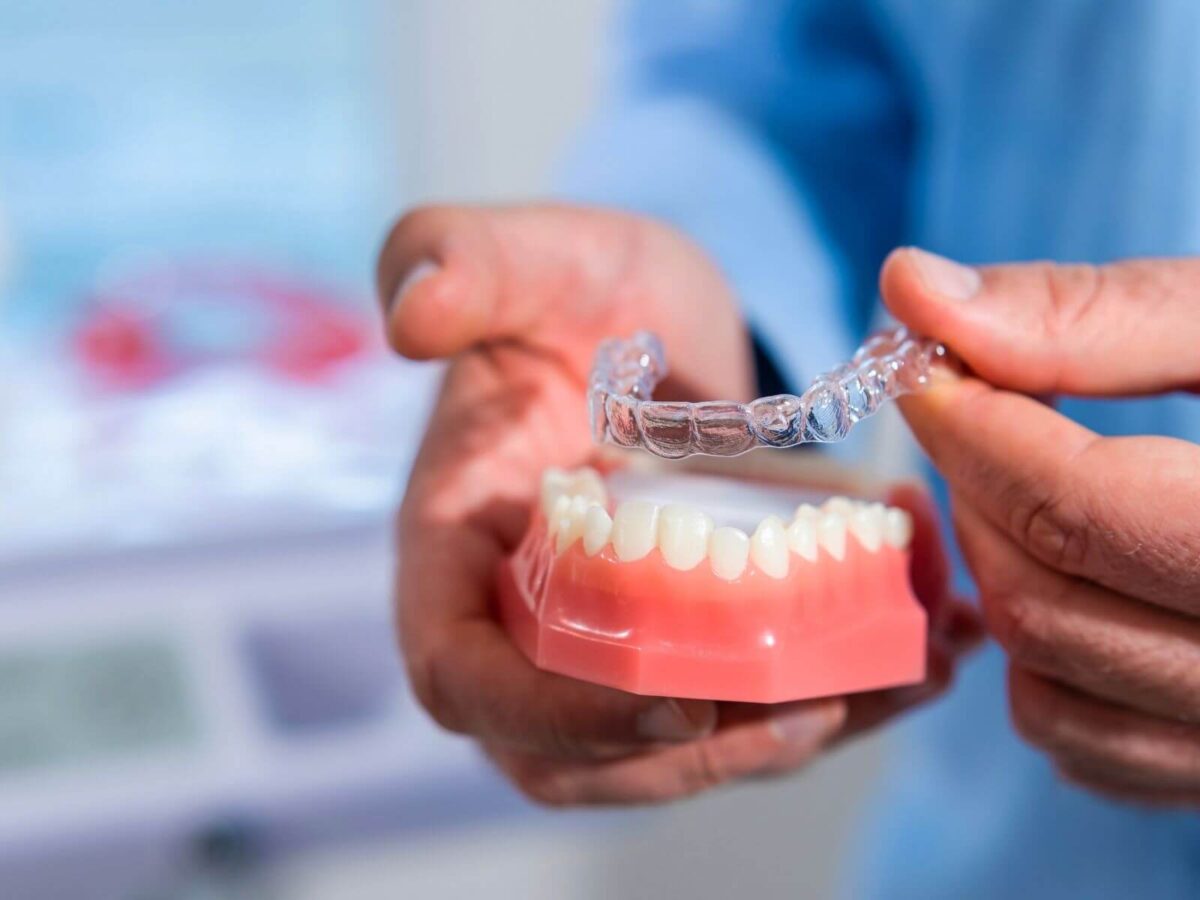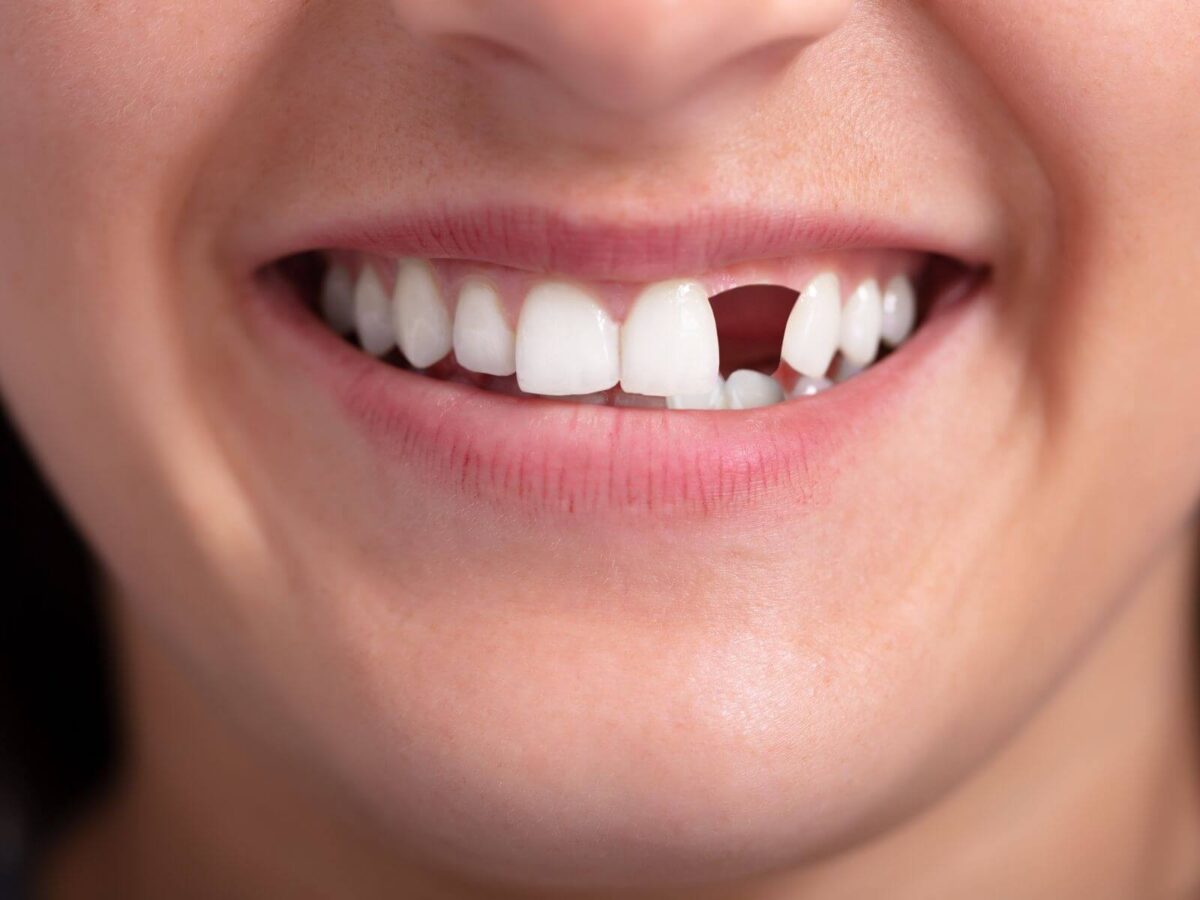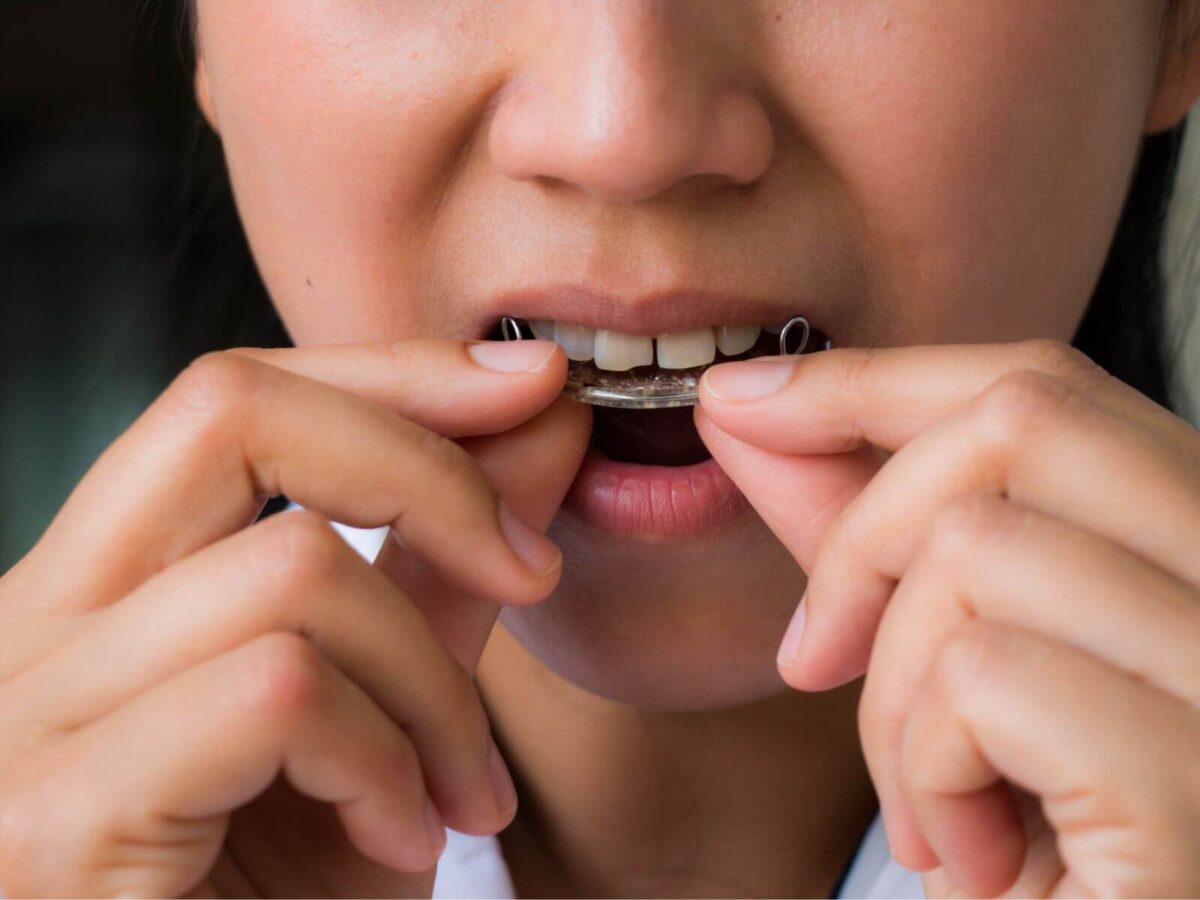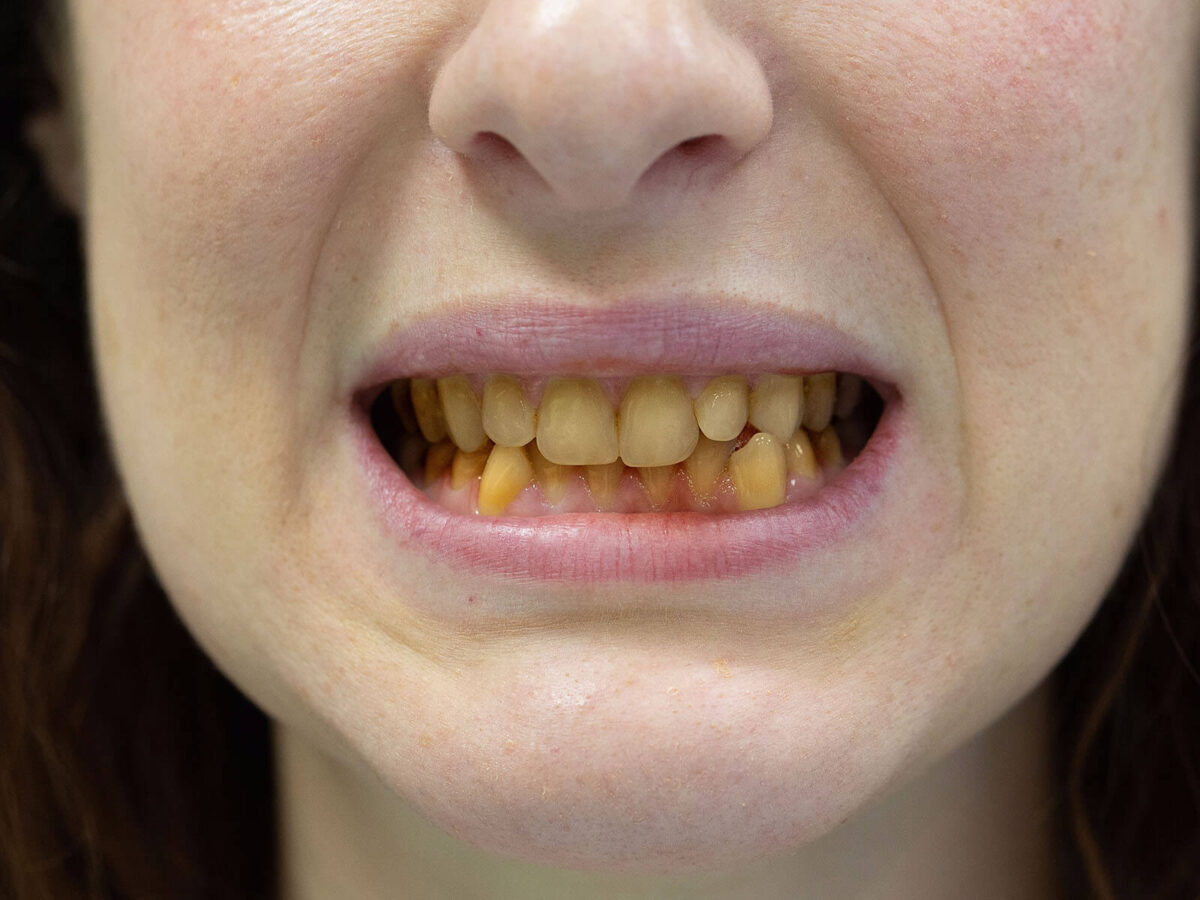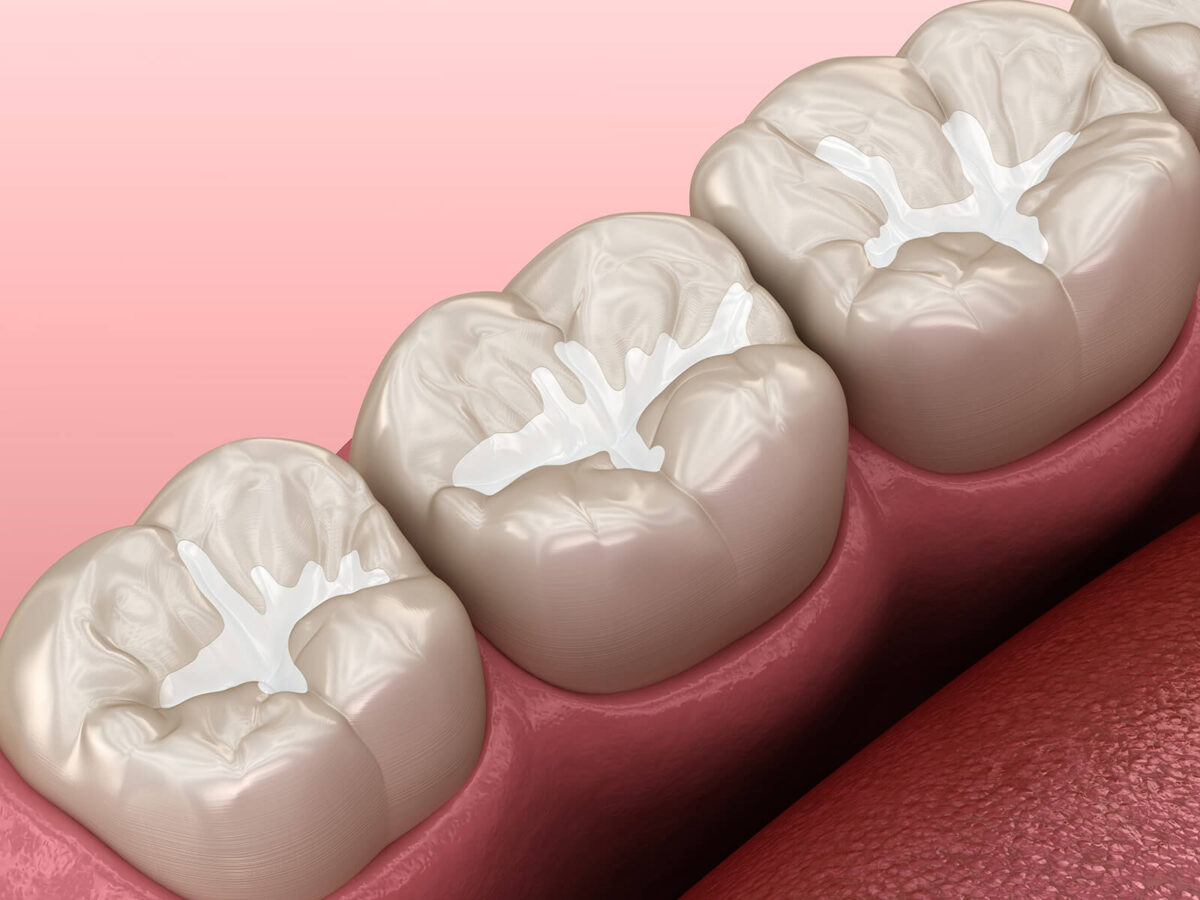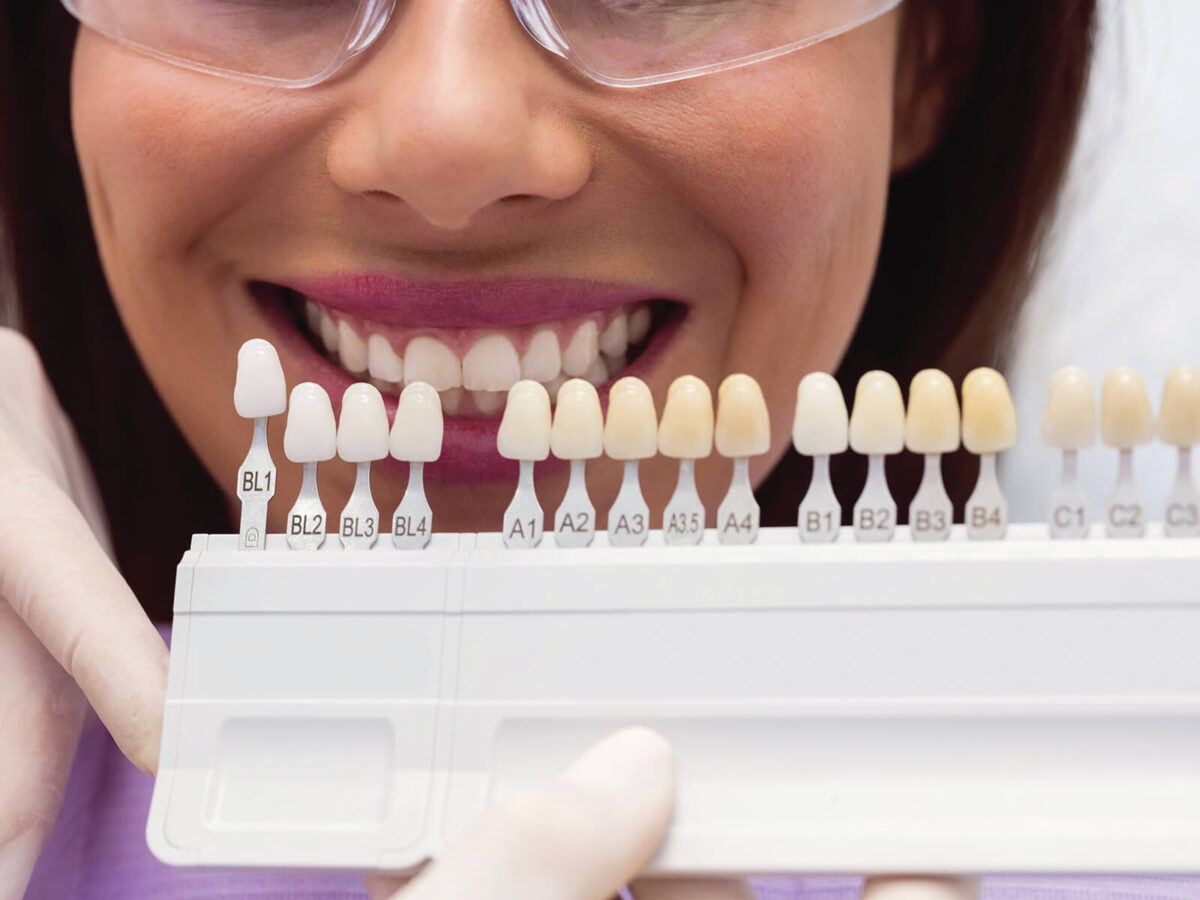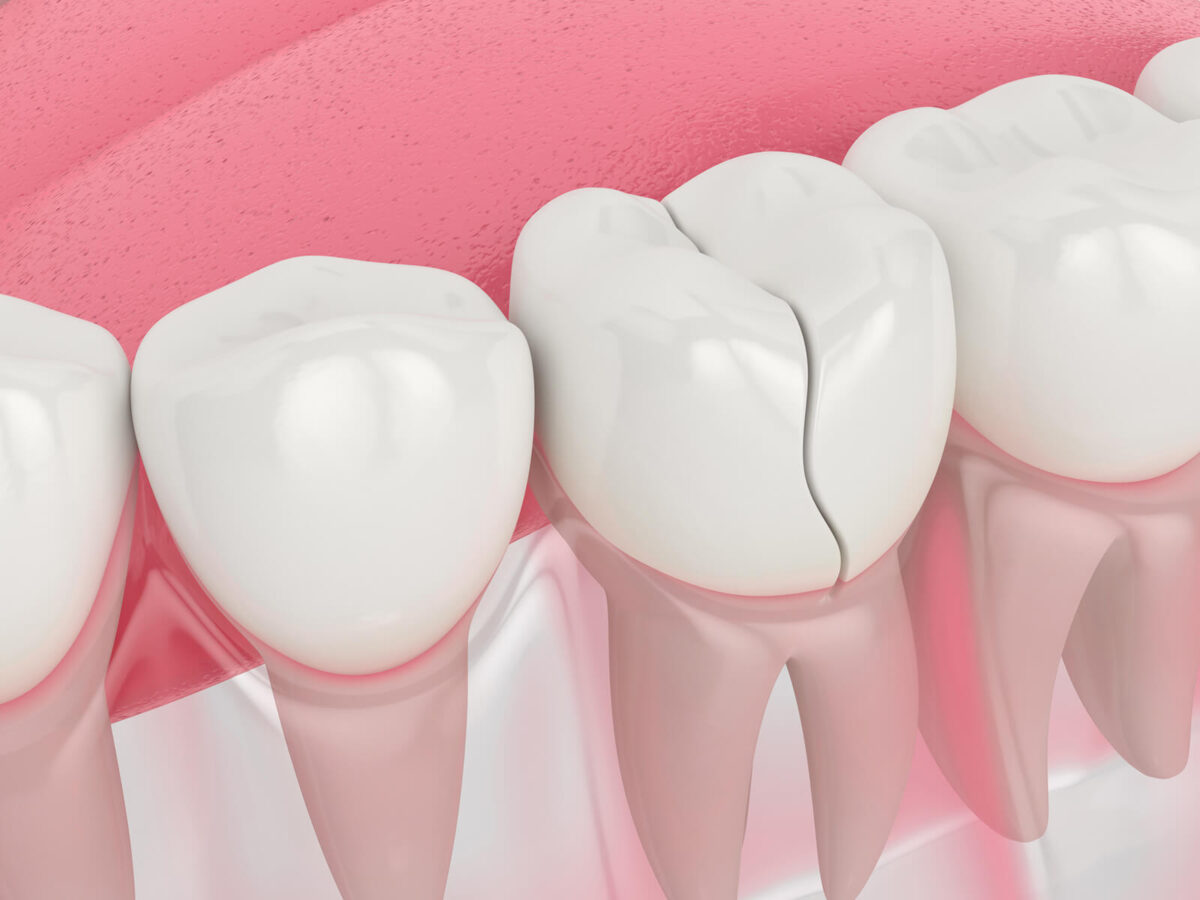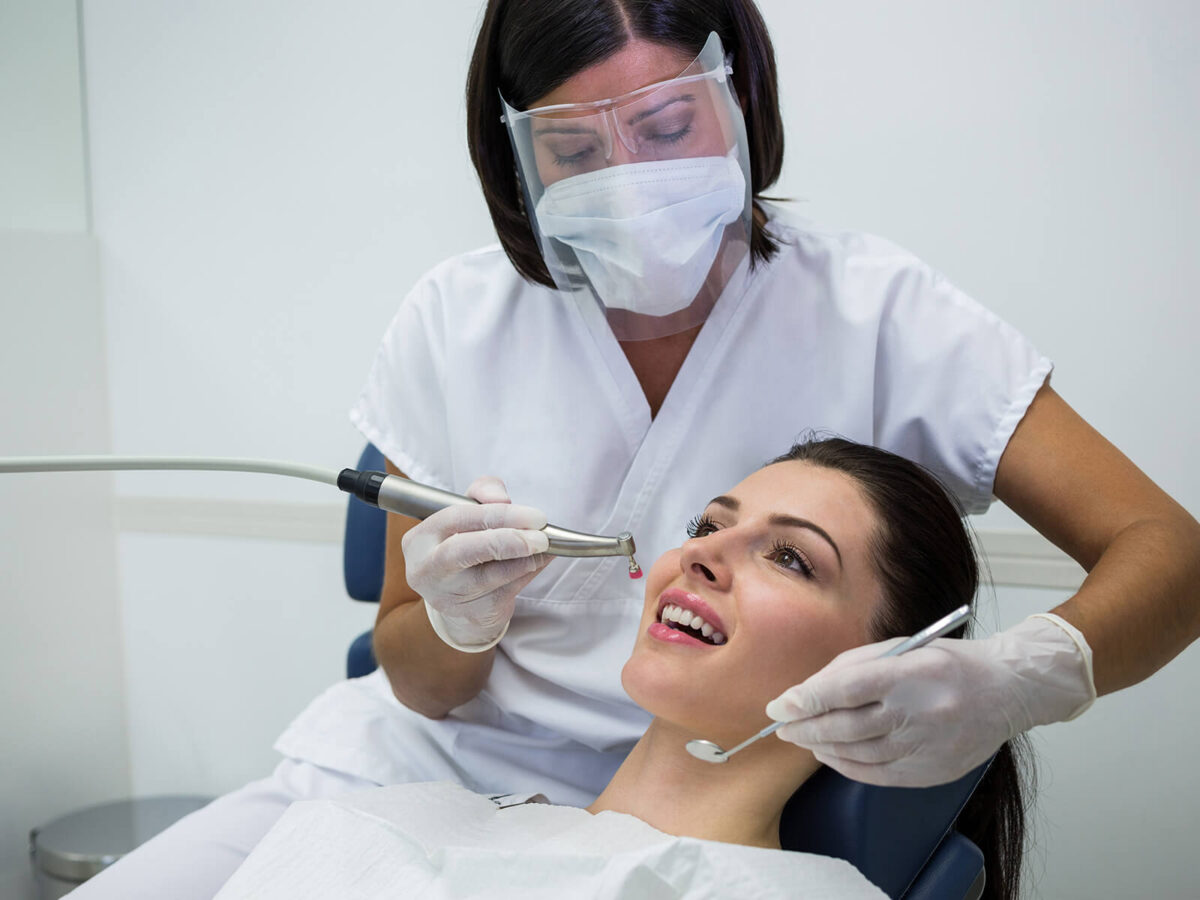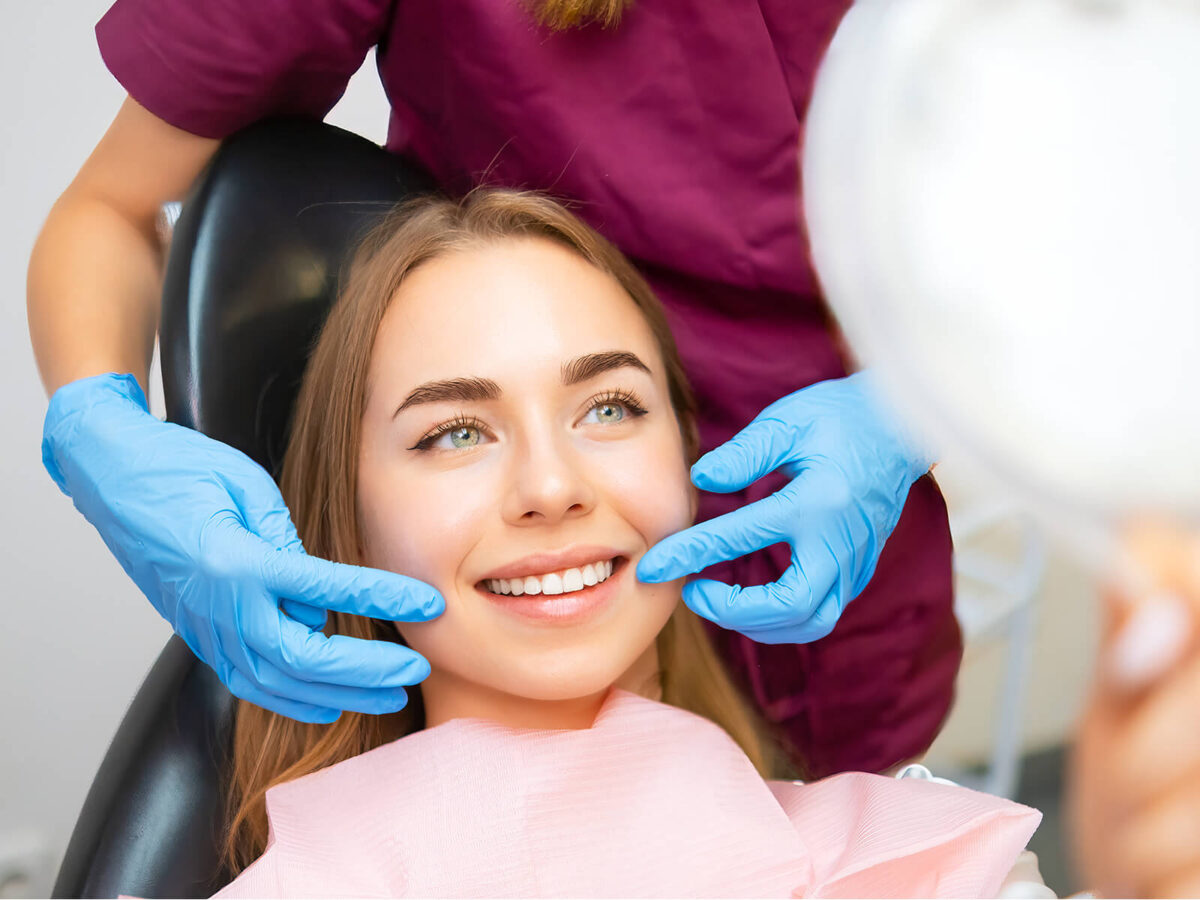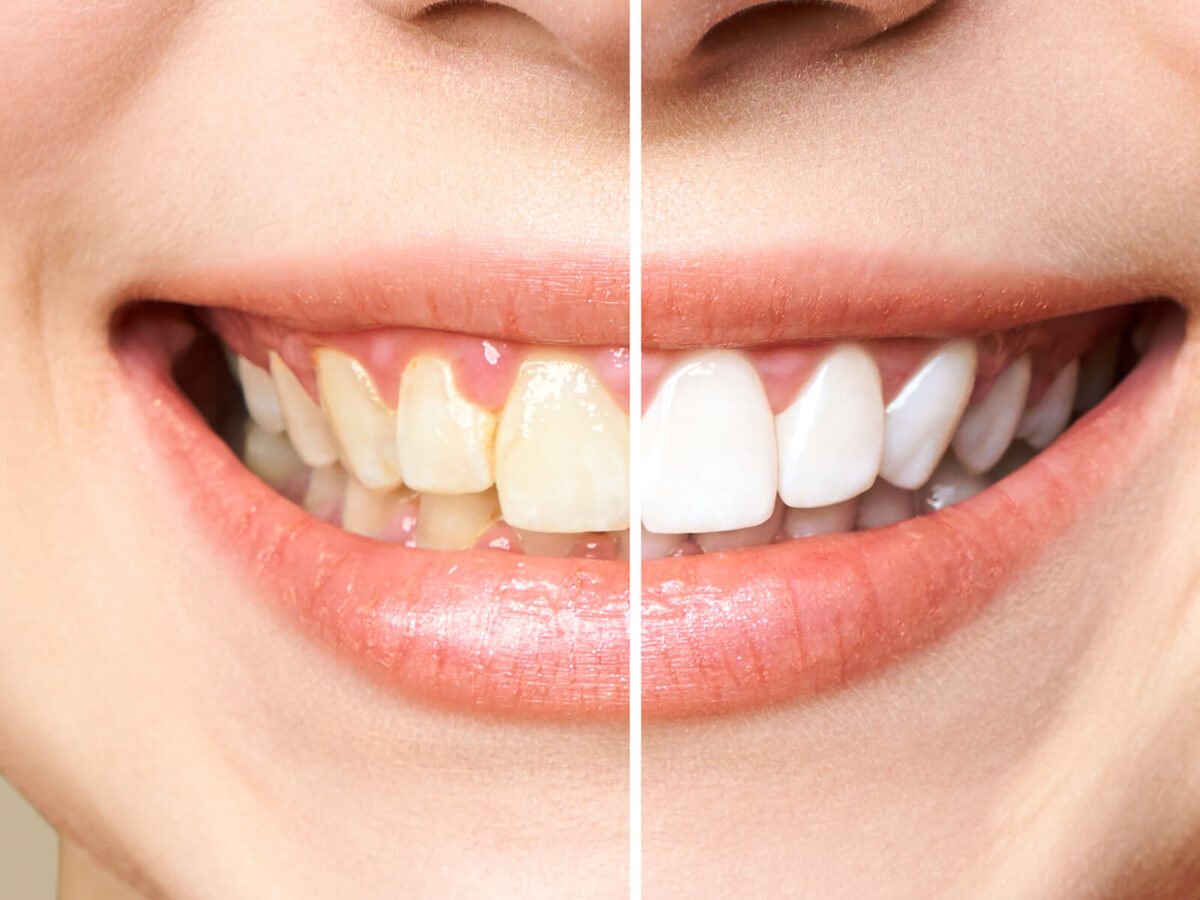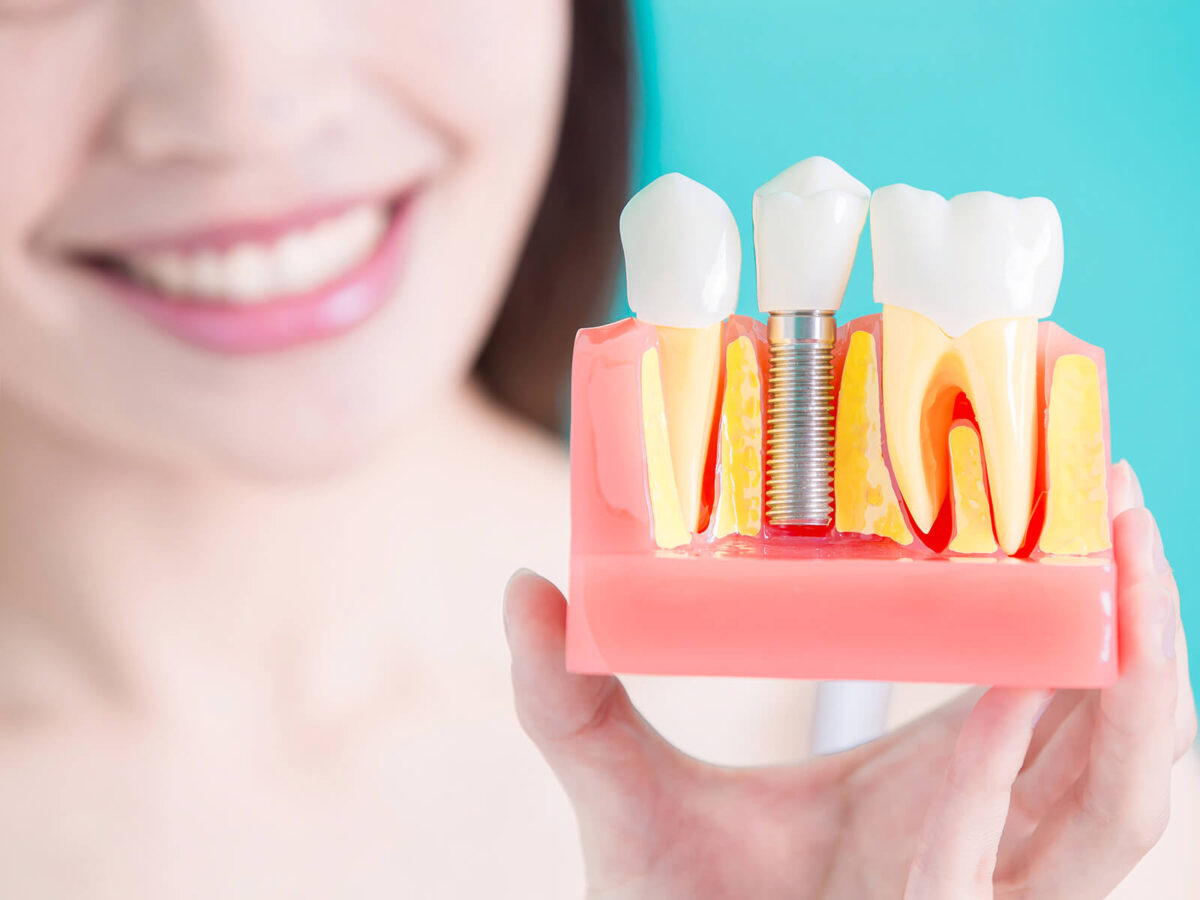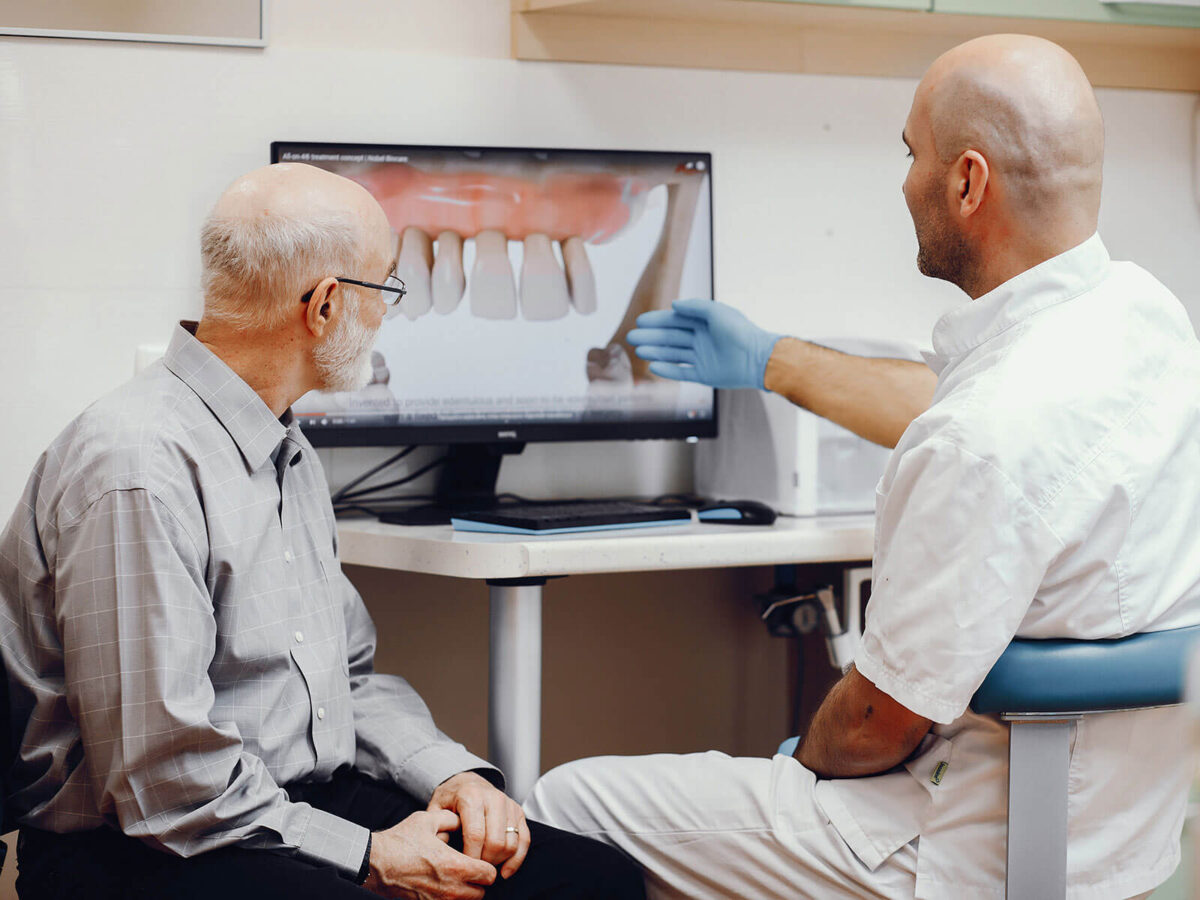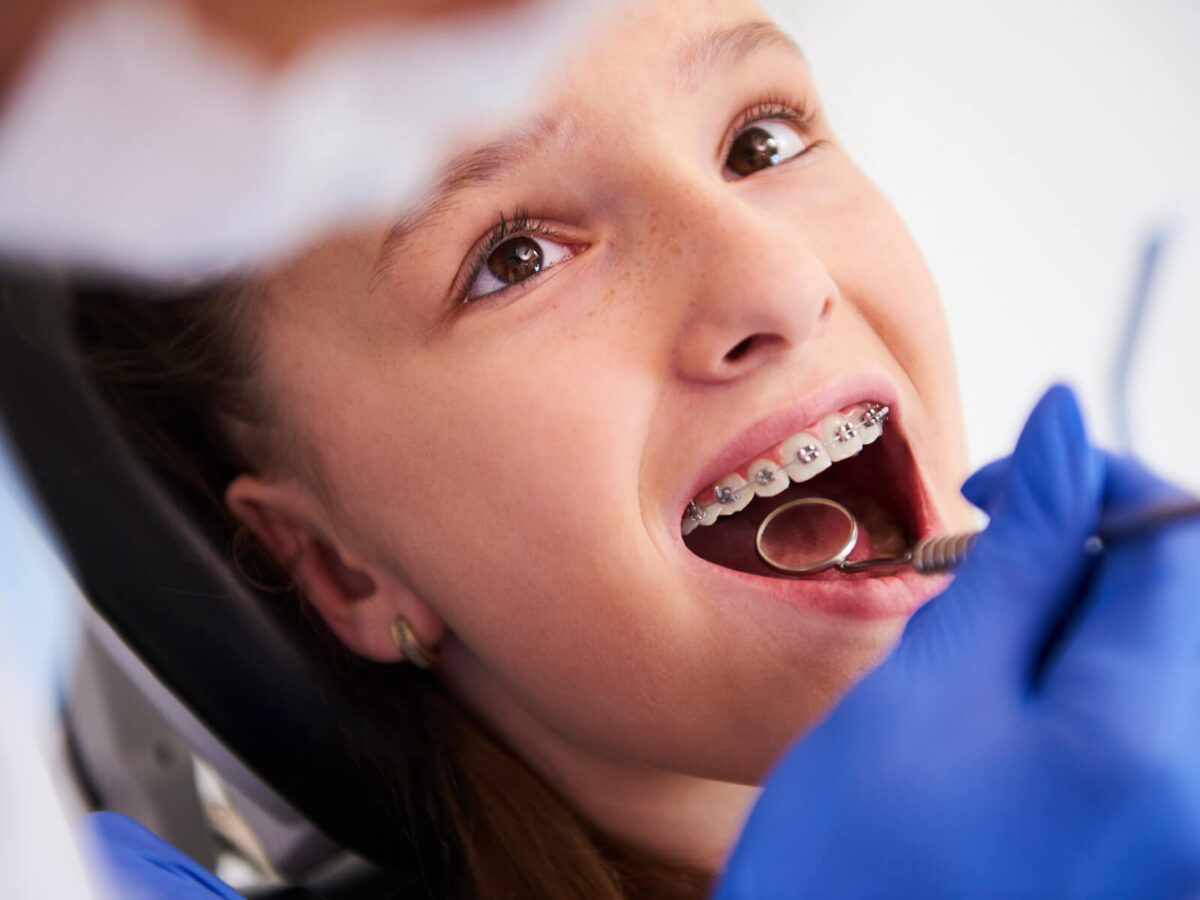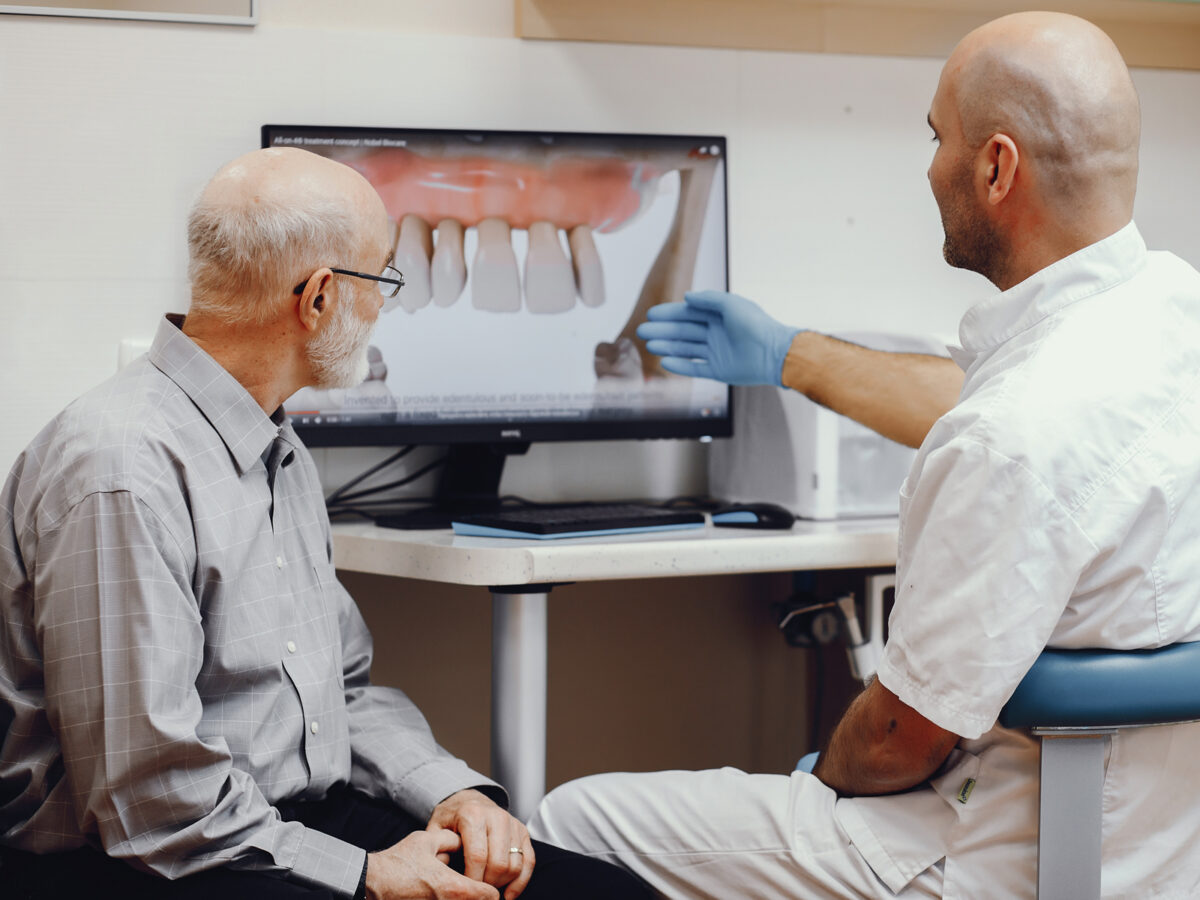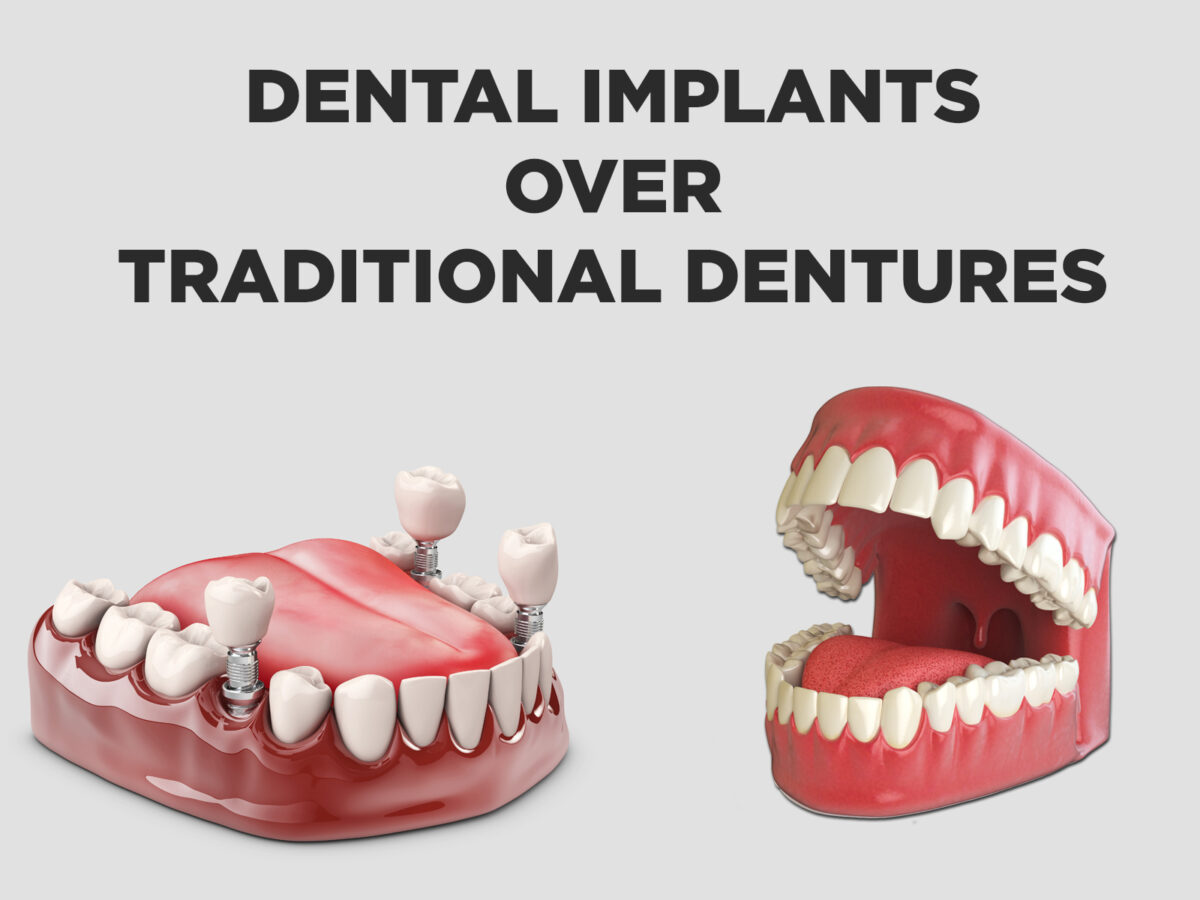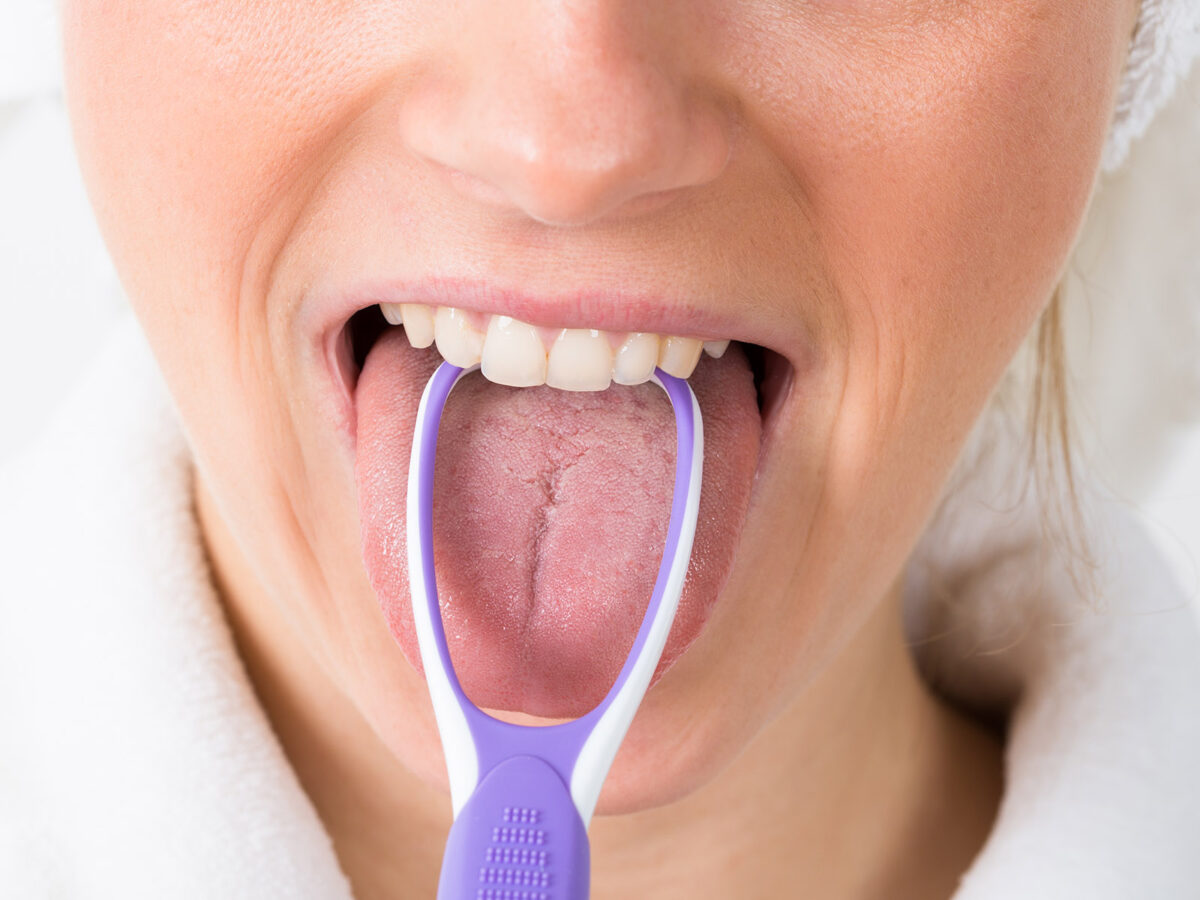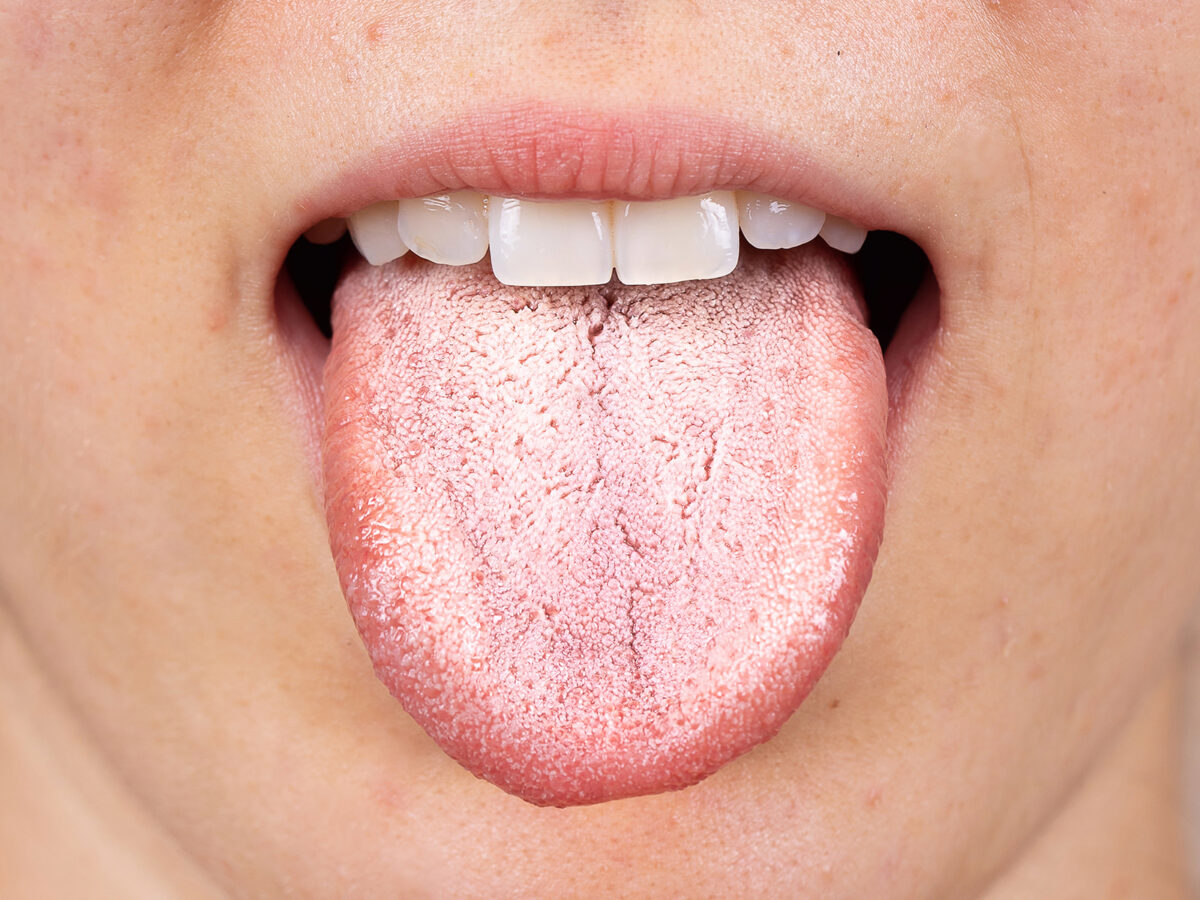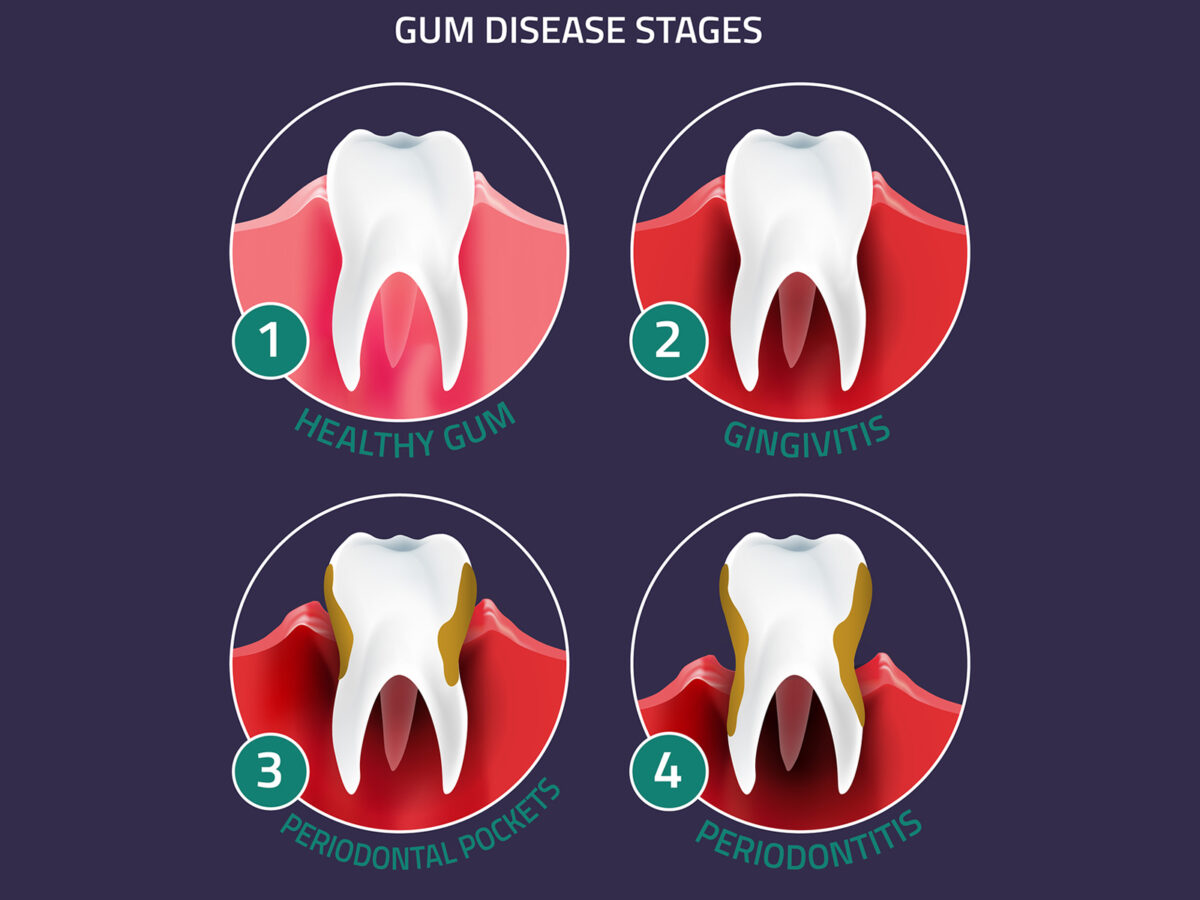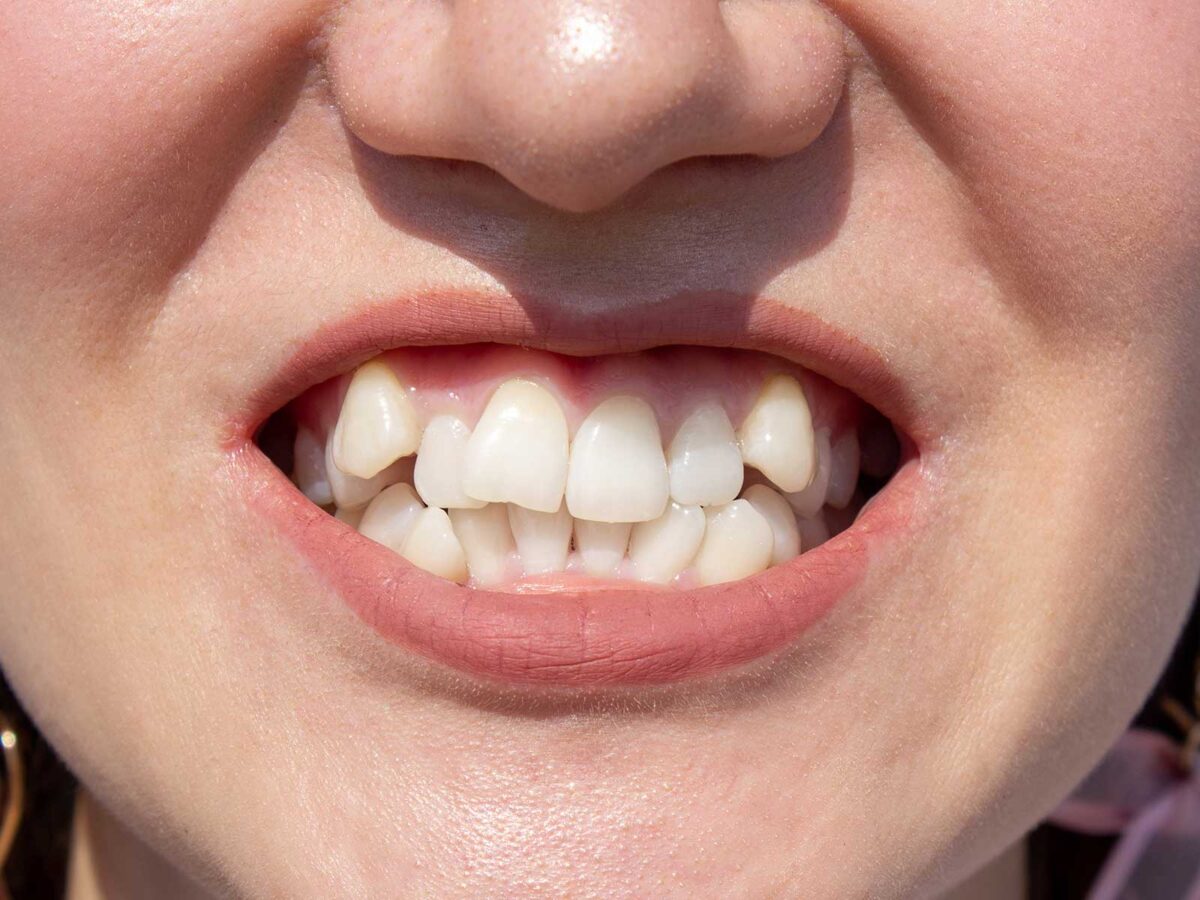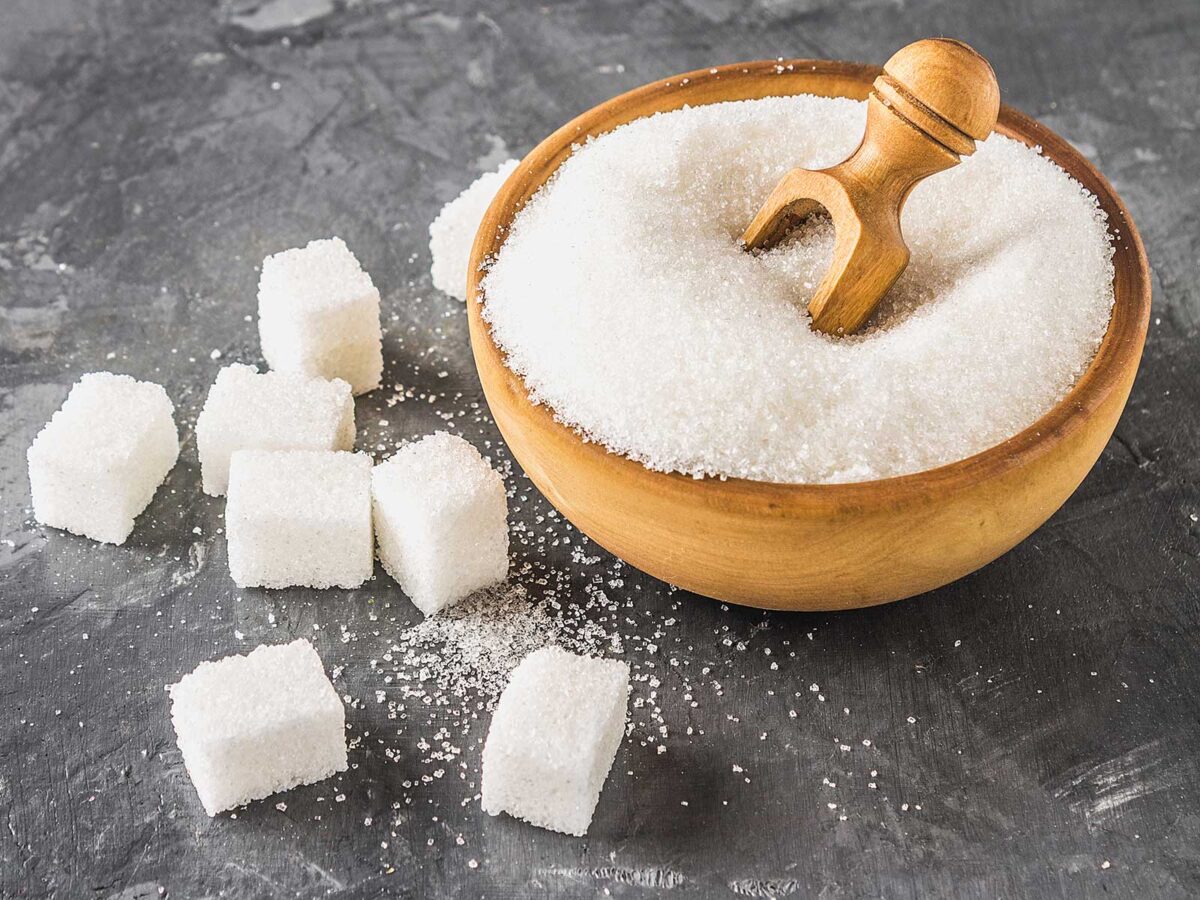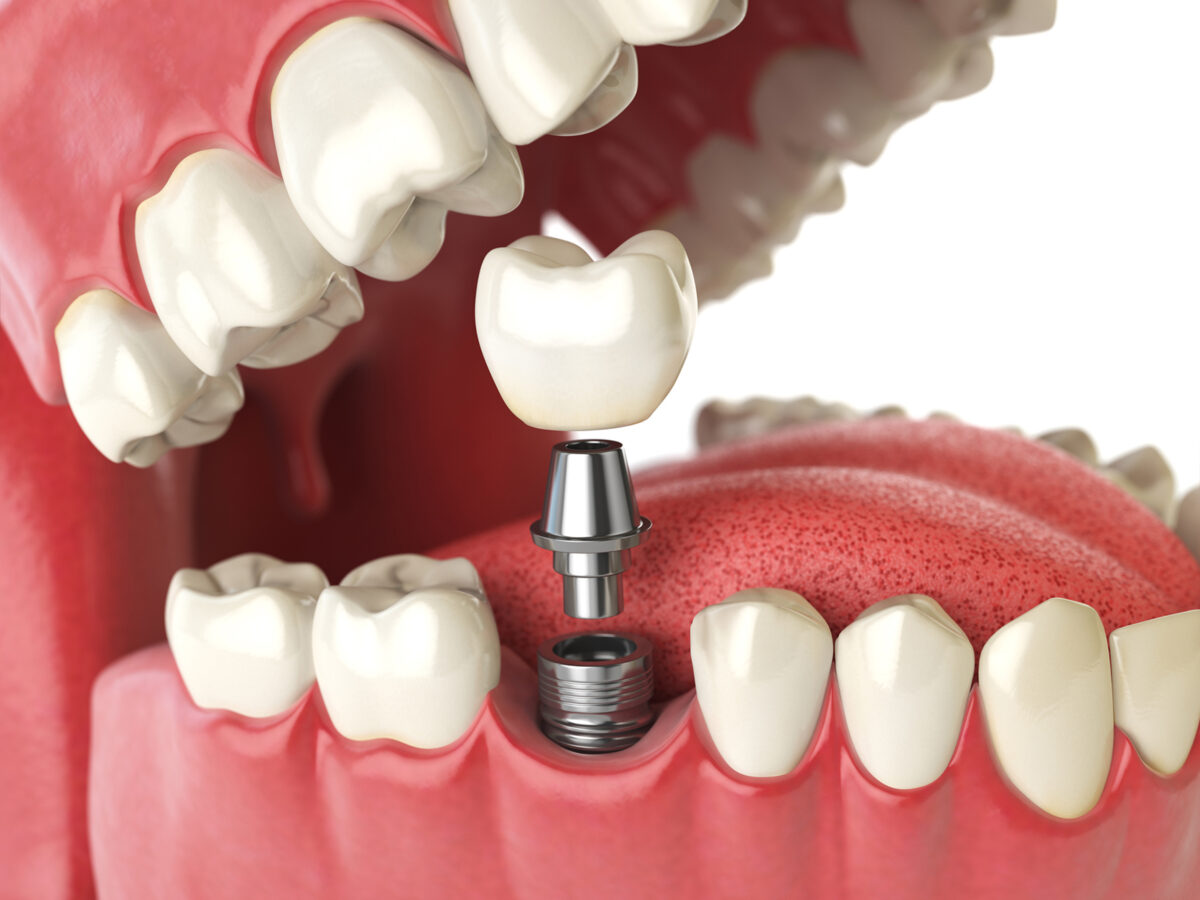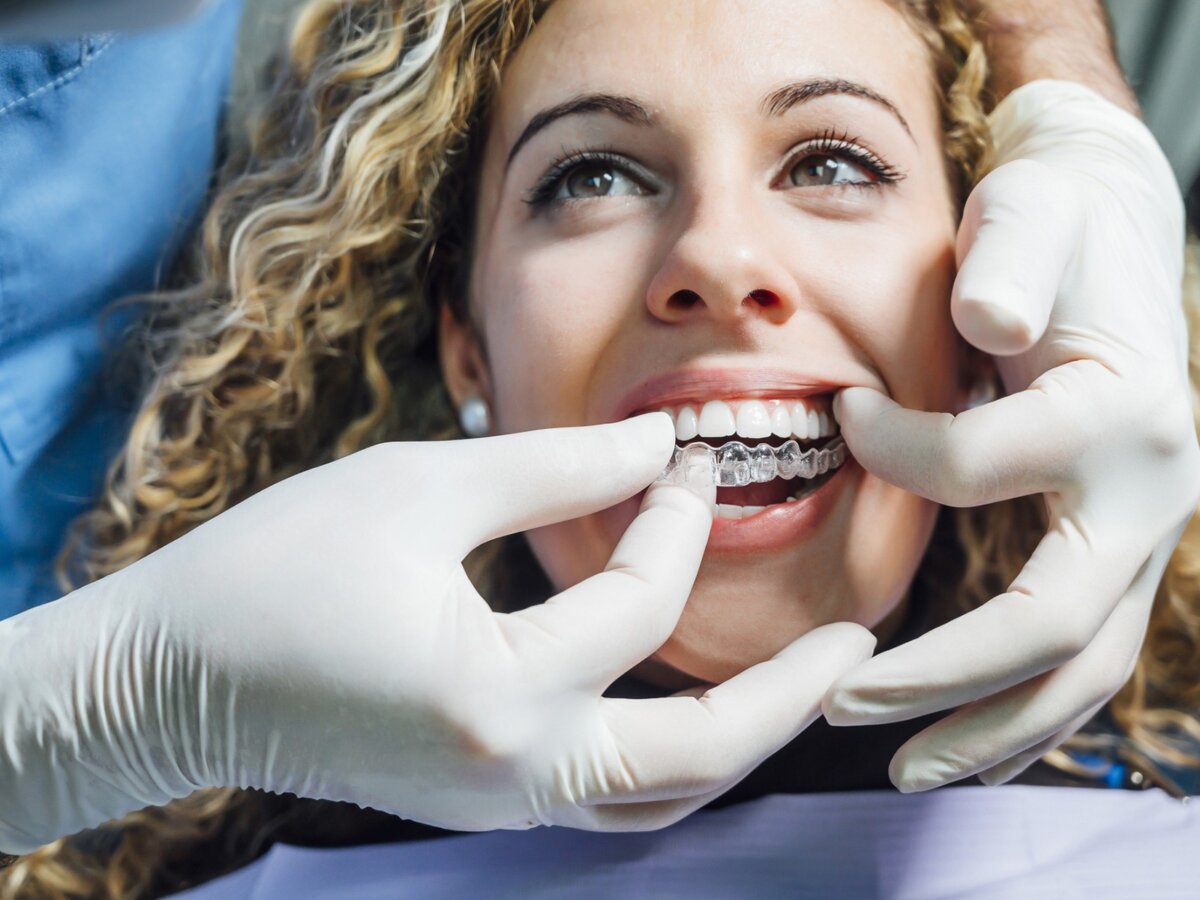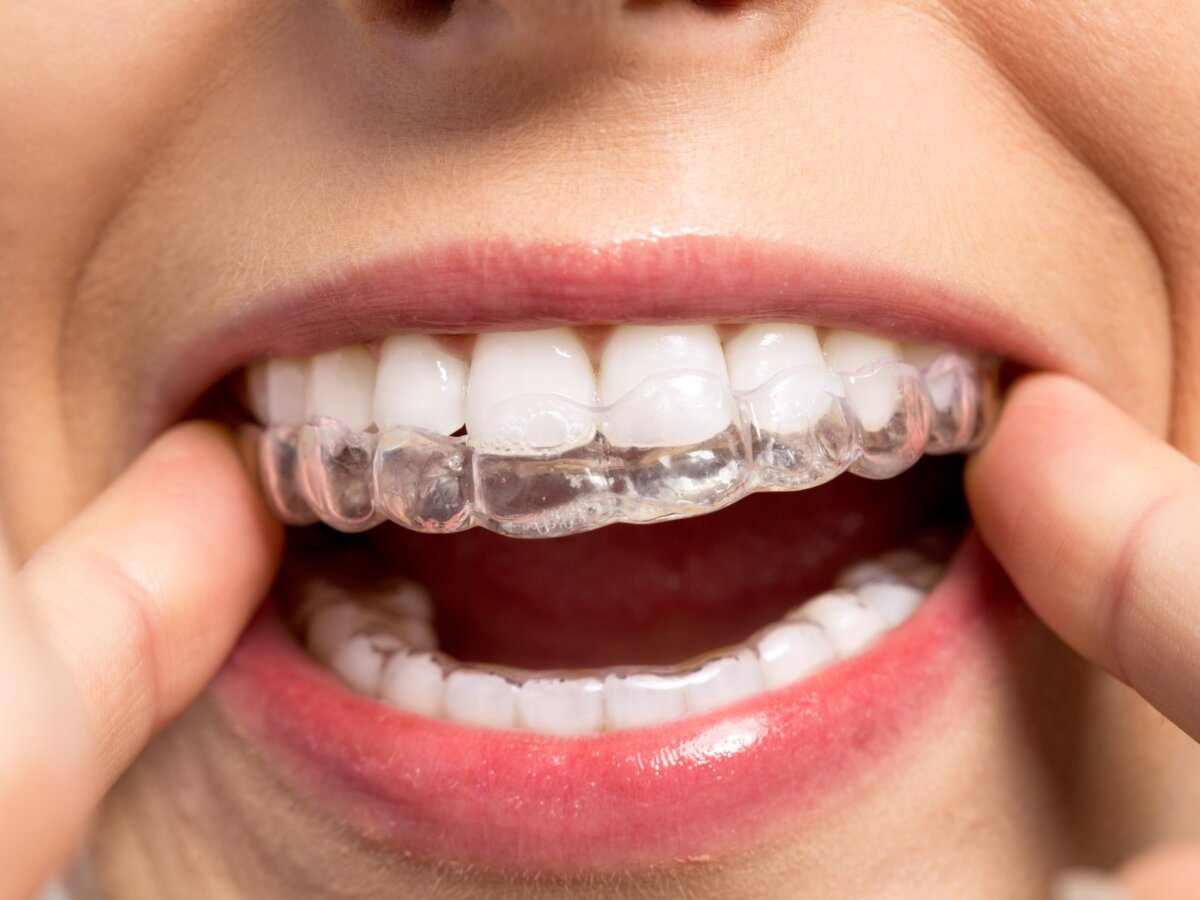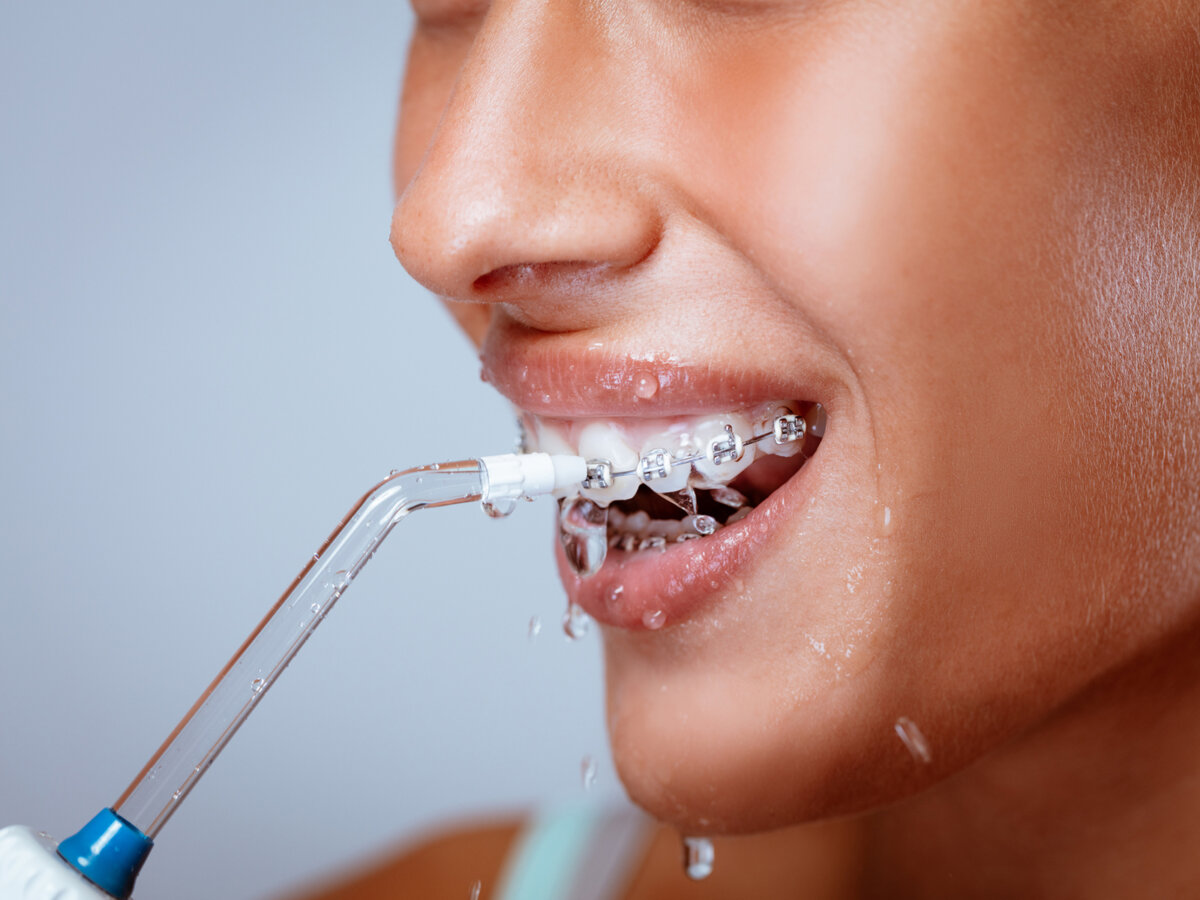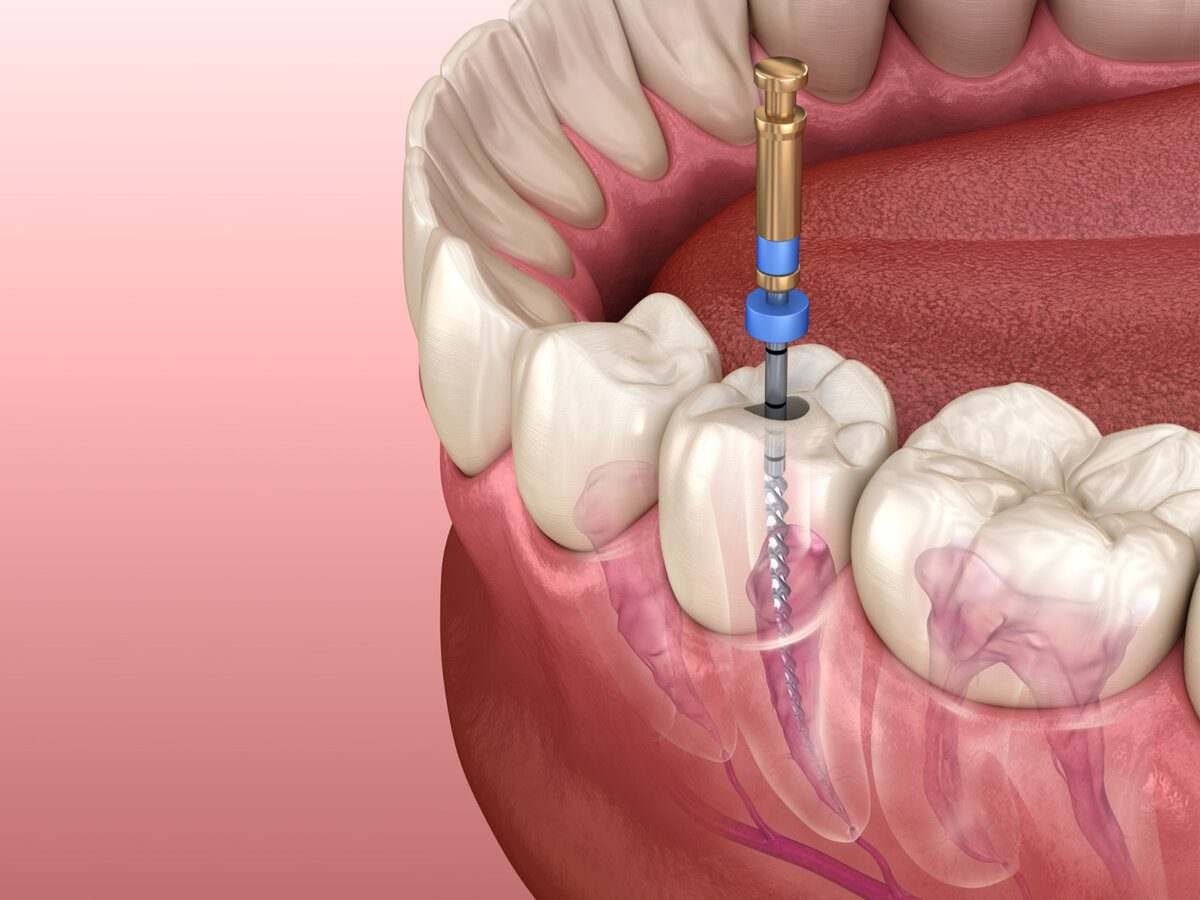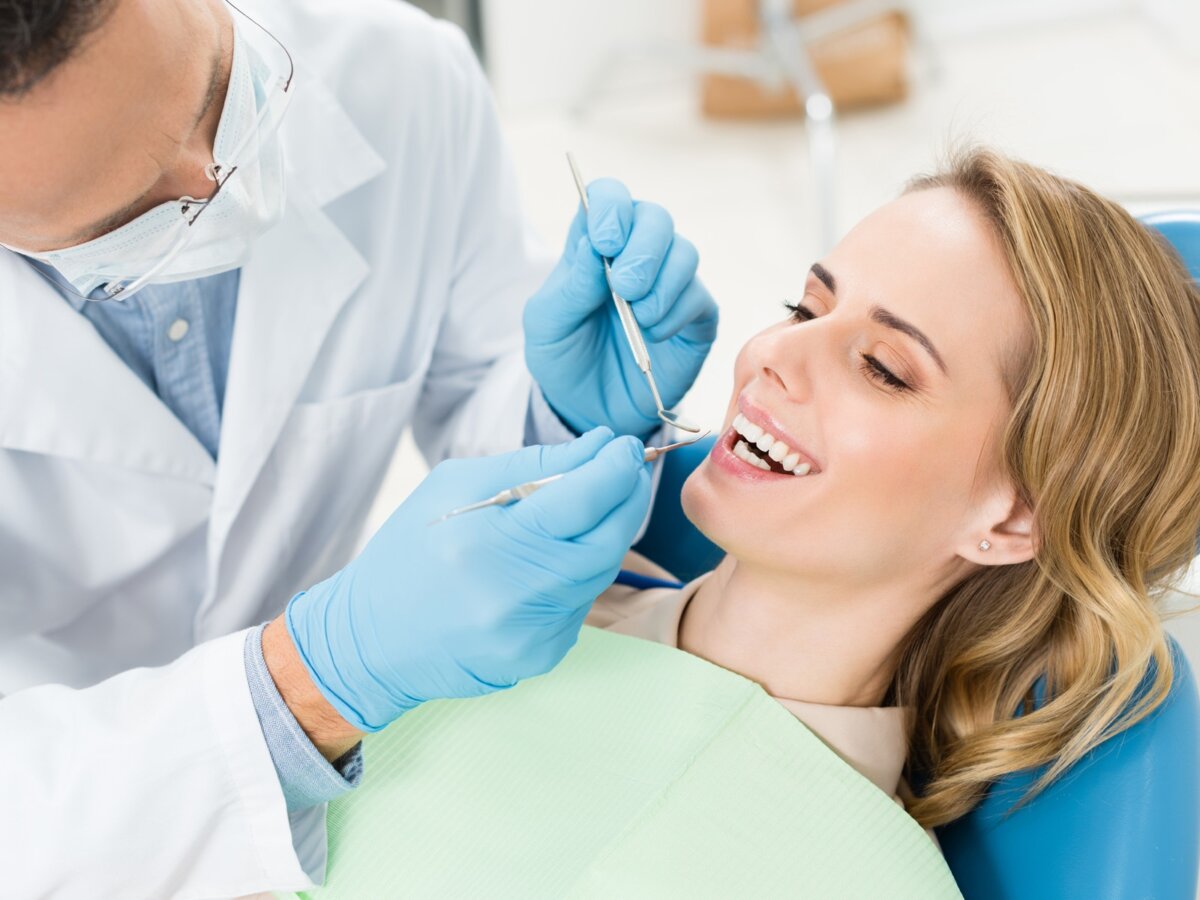Your child’s oral health is your responsibility. You might spend some of your time teaching them how to brush and what to avoid every day. Most children need regular assistance with brushing their teeth. They might find this activity boring. This may be why they either do not brush properly or might skip flossing altogether.
This article is a guide about maintaining your child’s oral health. You will explore if water flossers are great for your child. You will also learn some tips to improve oral health. You will also learn whether you need a new gadget for your child.
Water Flosser Definition
A water flosser is a device that sprays water. You can use it to remove food particles between your teeth. As you know, using a flossing thread might be a bit difficult for your child. This handheld device can be a great way to teach them how particles are stuck between two teeth. It is fun as your child plays with water first thing in the morning.
Most parents still might think that a traditional flossing thread is more effective than water flossers. You are right. But here, we are not talking about which method is more impactful. Here, we are more focused on how to make oral health fun for a child. If an activity can help you reduce the risk of gum diseases for your child, it is worth it, right?
Benefits of Using A Water Flosser
Flossing is essential for better oral health. Now that you understand its importance, you must know why choose a water flosser over a traditional one for your child. Here are some key benefits you can explore to learn more about why water flosser is better:
Easier To Use
Children between the ages of 4-6 are new to brushing. They might find flossing a boring activity. They need a push to brush their teeth properly. If you introduce a flossing thread, they can even get injured. It is better to introduce an easy-to-use device like a water flosser. It sprays water over the interdental spaces. It makes oral hygiene much less complicated.
Gentle Cleaning
Flossing using a thread requires technique. You might use it with too much force and damage your gums. It can also cause bleeding and gum recession. On the other hand, water flossers are gentle. You can ensure your teeth hygiene is maintained. It is best if you have braces. Water flossers are effective yet gentle on your gums.
Fun And Engaging
As we have discussed, water flossers are fun to use. Your child might look forward to flossing their teeth. All children love playing with water. This way, they get to maintain their oral health. You can relax a bit by introducing a water flosser to your child. They might love it so much that they will use it every day without a miss.
Effective Plaque Removal
Water flossers stream water over the interdental space effectively. This allows them to remove plaque buildup. It not only improves one’s oral health. But also it is gentle on gums and tooth enamel. Various studies suggest you can experience effective food deposit removal from interdental spaces with a water flosser.
Need For A Water Flosser
You might wonder when to consider a water flosser for your child. The benefits water flosser offers are really impressive. Still, most parents should stick to the flossing thread. But you must discuss using a water flosser, especially during the following situations:
Braces
Braces are challenging to maintain. You might need regular dentist appointments. This ensures your oral health is maintained. During this time, you cannot use traditional floss. There is space to clean interdental spaces. You might need a water flosser to improve oral hygiene. Dentists recommend using a water flosser for children with braces.
Difficulty To Floss
Most children take a few weeks to adapt to traditional floss. You can introduce a water flosser to help them out during their struggles. Children might not be able to floss all areas of their mouth. Water floss is a much more convenient and effective alternative for such children.
Dental Work
If your child has undergone dental work, you need a water flosser. A child who is not experienced in using traditional floss might cause harm to this dental work. It can include crowns, fillings or implants. You need a water flosser to avoid the risk of infection.
Tips For Better Oral Health
Here are some tips you can explore to improve hygiene:
- You should gradually introduce water flossers to your child. Children can learn and adapt to new gadgets by themselves.
- You must ensure that your child is under supervision while brushing their teeth. Your child can use it the right way with the help of an adult.
- Try making oral hygiene a fun activity for your child. Otherwise, they might skip it when they can.
- You can visit a dentist to get recommendations for water flossers.
Conclusion
Do your child really need a water flosser? This question is common for every parent about introducing their child to flossing. Some parents might wonder this after their child fails to adapt to traditional floss. Oral hygiene is essential for the overall health of your child. You must make efforts to ensure that it is maintained.
You can explore more about water flossers with Grangerland Dentist, TX. With the right guidance from our experts, you can improve your child’s oral health. You can visit the dentist and learn tips for better oral care for your child.




